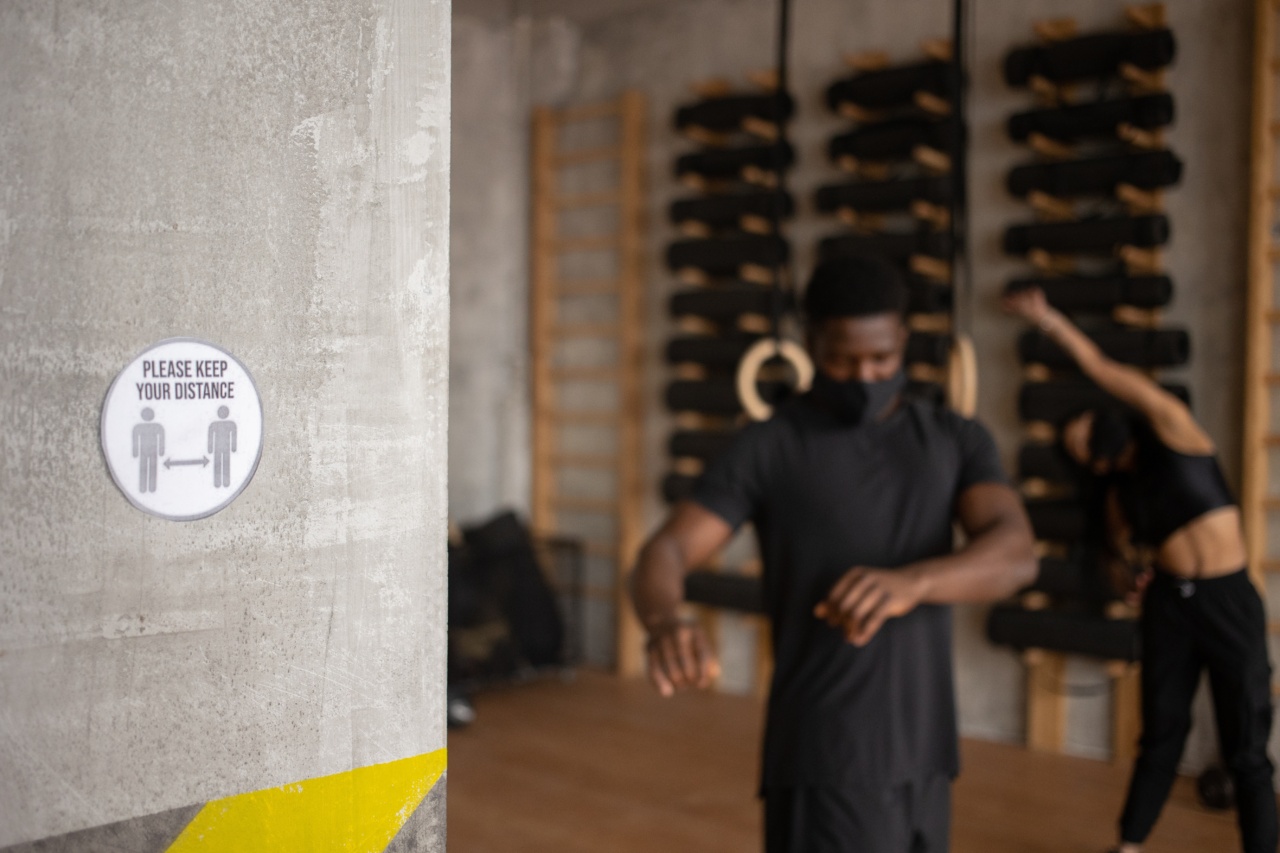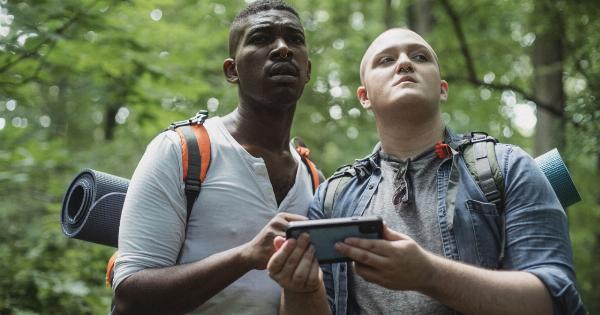A firm and toned buttocks are a goal for many people, not only for aesthetic reasons but also for functional purposes.
Strong gluteal muscles are necessary for balance, stability, and power in various physical activities, including running, jumping, and lifting.
The good news is that you don’t need fancy equipment or a gym membership to keep your buttocks in shape.
In this article, we will explore three straightforward exercises that you can do at home or wherever you are to keep your glutes firm and strong.
Exercise 1: Squats
Squats are one of the most effective exercises for the gluteal muscles, as well as for the quads, hamstrings, and core. They are easy to perform and can be modified to suit different fitness levels and goals.
Here’s how to do a basic bodyweight squat:.
- Stand with your feet hip-width apart, toes pointing forward or slightly outward.
- Bend your knees and hips, as if you are sitting back into a chair.
- Lower your body until your thighs are parallel to the ground or as low as you can go without any pain or discomfort.
- Press through your heels and stand up straight, squeezing your glutes at the top.
Repeat the squat for 10-15 times, for 2-3 sets. If this is too easy, you can try variations such as jump squats, pistol squats, or weighted squats with dumbbells or a barbell.
Remember to maintain proper form, keeping your back straight, knees over your toes, and weight evenly distributed on your feet.
Exercise 2: Lunges
Lunges are another great exercise for targeting the glutes, as well as the quads, hamstrings, calves, and core. They also challenge your balance and coordination, making them a functional movement that translates to real-life activities.
Here’s how to do a basic bodyweight lunge:.
- Stand with your feet hip-width apart, hands on your hips or at your sides.
- Take a step forward with your right foot, bending both knees until your right thigh is parallel to the ground and your left knee hovers above the floor.
- Push through your right heel and return to the standing position, squeezing your right glute at the top.
- Repeat on the other side, stepping forward with your left foot.
Do 10-15 lunges on each leg, for 2-3 sets. You can increase the difficulty by holding weights in your hands or doing walking, reverse, or side lunges.
Make sure to keep your upper body straight, shoulders relaxed, and core engaged throughout the movement.
Exercise 3: Glute Bridges
Glute bridges isolate and activate the gluteal muscles, especially the gluteus maximus, which is the largest and strongest of the three glutes. They also work your lower back, hips, and thighs and improve your posture and spinal alignment.
Here’s how to do a basic bodyweight glute bridge:.
- Lie on your back with your knees bent, feet flat on the ground, and arms at your sides.
- Engage your core and press your hips up toward the ceiling, squeezing your glutes at the top.
- Lower your hips back down to the starting position, but don’t touch the ground.
- Repeat for 10-15 reps, for 2-3 sets.
To make the glute bridge more challenging, you can do single-leg bridges, banded bridges, or weighted bridges with a barbell or a dumbbell on your hips.
Keep your head and shoulders on the ground, and avoid overarching your lower back or letting your knees cave inward.
Conclusion
Keeping your buttocks firm and toned doesn’t have to be complicated or expensive.
By incorporating these three basic exercises into your fitness routine, you can strengthen and sculpt your glutes while improving your overall physical health and performance.































